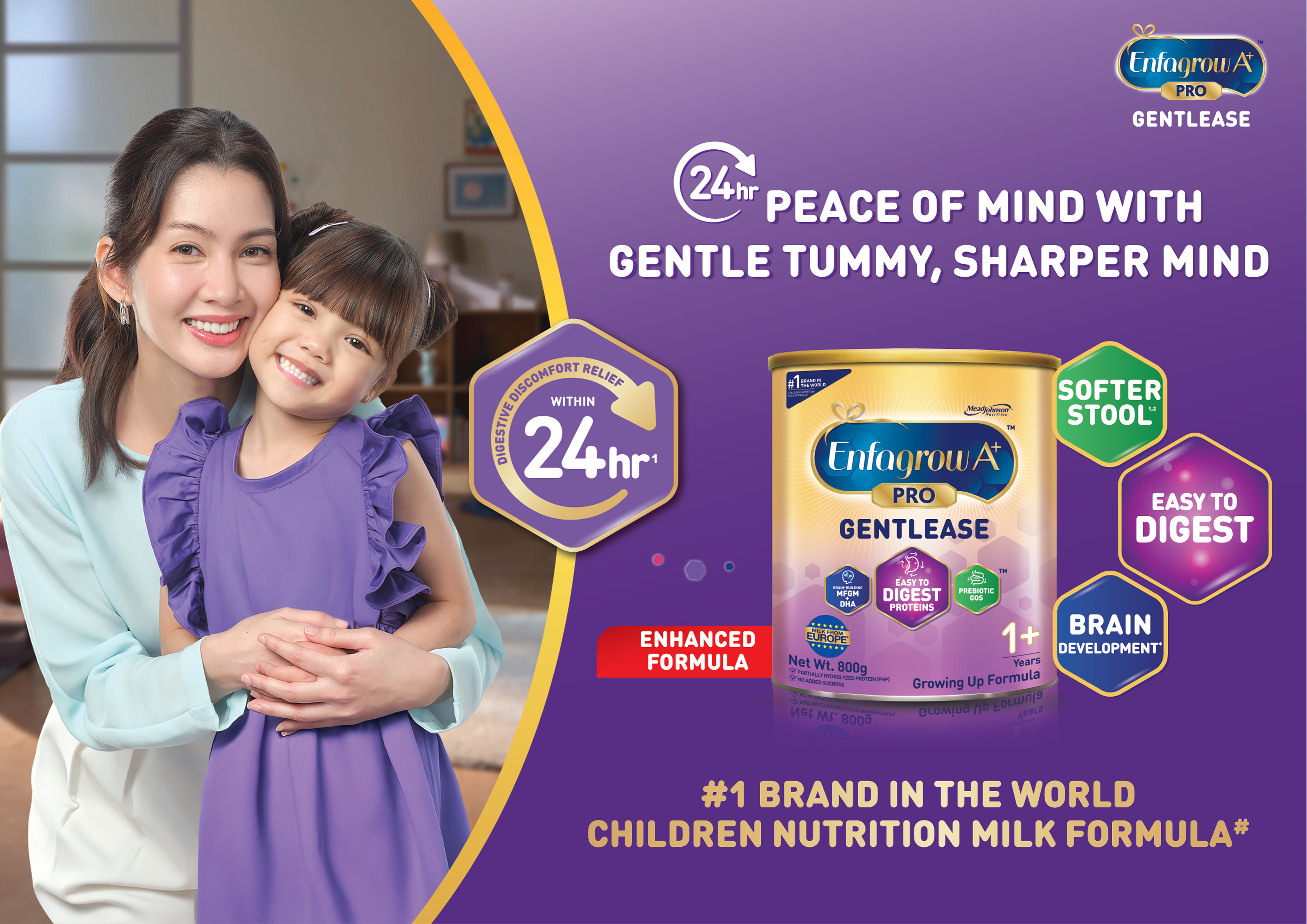
If you are overwhelmed by the vast amount of information that exists about the Coronavirus, you are not alone. We know that it is difficult — very difficult — to find the right way to deal with the current situation and separate myth from fact. But it can be done.
We can neither downplay the risks, nor can we let fear paralyze us. One way to achieve this is by having access to factual information.
It may be particularly challenging for you as a parent as there are several myths that have been circulating in the media as well as social networks that fuel confusion rather than provide clarity. You may have several questions.
Let us help you separate facts from myth so that you can take the right actions to protect yourself and your children.

COVID-19 Myth 1: Children don't get sick from Coronavirus

In February of this year, some studies were carried out in China1,2 which showed (in that country and with a reduced number of cases analyzed) that only 2% of COVID-19 patients were in the 0 to 19-year-old age group and that their symptoms were benign compared to symptoms among adults and among the elderly. China reported only one death in the 0-19 age group.
Another preliminary study, published on February 28 by the World Health Organization3, indicated that this disease "appears to be relatively rare and moderate among children" under 19 years of age, occurring in only 2.4% of cases.
The misinterpretation of these studies in various media4 created the myth that children do not contract the disease. This is false, and to the contrary, it is a serious risk.
Fact: Children can get coronavirus COVID-19 disease. Although, in general, the cases are less numerous and less serious. From the little that is known, they are perhaps the least vulnerable age group, but they are not exempt from being infected, and they can also infect other people. Don't let your guard down. Be careful, practice good hygiene and follow the government guidelines.
COVID-19 Myth 2: Babies can get infected in the womb or through breastfeeding

A contradictory, but equally b myth circulating in social media is that if a pregnant mother is infected with COVID-19, her baby will also be infected. The same if you are breastfeeding.
The origin of this myth seems to be a comparison with what happens with HIV, when the virus does indeed transmit to the baby during pregnancy and through breastfeeding.
However, several preliminary studies have confirmed that babies born to mothers infected with COVID-19 were born free of this virus5. It was found that the virus does not pass into the amniotic fluid or into breast milk6.
Although a lot remains unknown about COVID-19 still, there is no evidence that it could be contagious during pregnancy or lactation.
Fact: COVID-19 is not spread to babies during pregnancy or through breast milk.
But be aware, that if you as a mother unfortunately get COVID-19, you are in a position to infect your baby via the respiratory route, that is, by breathing close to him. Wear a mask and practice maximum hygiene, but do not stop breastfeeding, since breast milk is the best food for your baby. Don't be afraid: your milk is safe7.
In case you are infected with COVID-19 and are concerned about being physically close to your baby, another option available to you is to express your milk, seeking maximum hygiene, and ask another person to feed your baby.
If you are interested in knowing more about the myths and realities of COVID-19, follow this link: https://www.covid-19facts.com/
References:
- The Novel Coronavirus Pneumonia Emergency Response Epidemiology Team. Vital Surveillances: The Epidemiological Characteristics of an Outbreak of 2019 Novel Coronavirus Diseases (COVID-19) — China, 2020. China CDC Weekly 2020; 2(8): 113-122. http://weekly.chinacdc.cn/en/article/id/e53946e2-c6c4-41e9-9a9b-fea8db1… (Accessed 18 March 2020
- Cai J et al. A case series of children with 2019 novel coronavirus infection: clinical and epidemiological features. Clinical Infectious Diseases 2020; ciaa198. https://doi.org/10.1093/cid/ciaa198 (Accessed 5 March 2020)
- Word Health Organization. 16-24 February 2020. Report of the WHO-China Joint Mission on Coronavirus Disease 2019 (COVID-19). https://www.who.int/docs/default-source/coronaviruse/who-china-joint-mi… (Accessed 19 March 2020).
- VScott S. Who is vulnerable to coronavirus? So far children appear safe from COVID-19. ABC News, 2 de marzo de 2020. https://www.abc.net.au/news/2020-03-01/who-is-most-likely-to-get-corona… (Accessed 5 March 2020).
- Chen H. et al. Clinical characteristics and intrauterine vertical transmission potential of COVID-19 infection in nine pregnant women: a retrospective review of medical records. The Lancet 2020; 395 (10226): 809-815. https://www.doi.org/ (20)30360-3 (Accessed 16 March 2020).
- Redigolo T. Coronavirus with a baby: Can I breastfeed while infected with COVID-19? Express Online. 13 March 2020. https://www.express.co.uk/life-style/health/1255041/Coronavirus-babies-… (Accessed 16 March 2020)
- Center for Disease Control. COVID-19 Pregnancy & Breastfeeding, Information about Coronavirus Disease. 2020 https://www.cdc.gov/coronavirus/2019-ncov/prepare/pregnancy-breastfeedi… (Accessed 17 March 2020)




